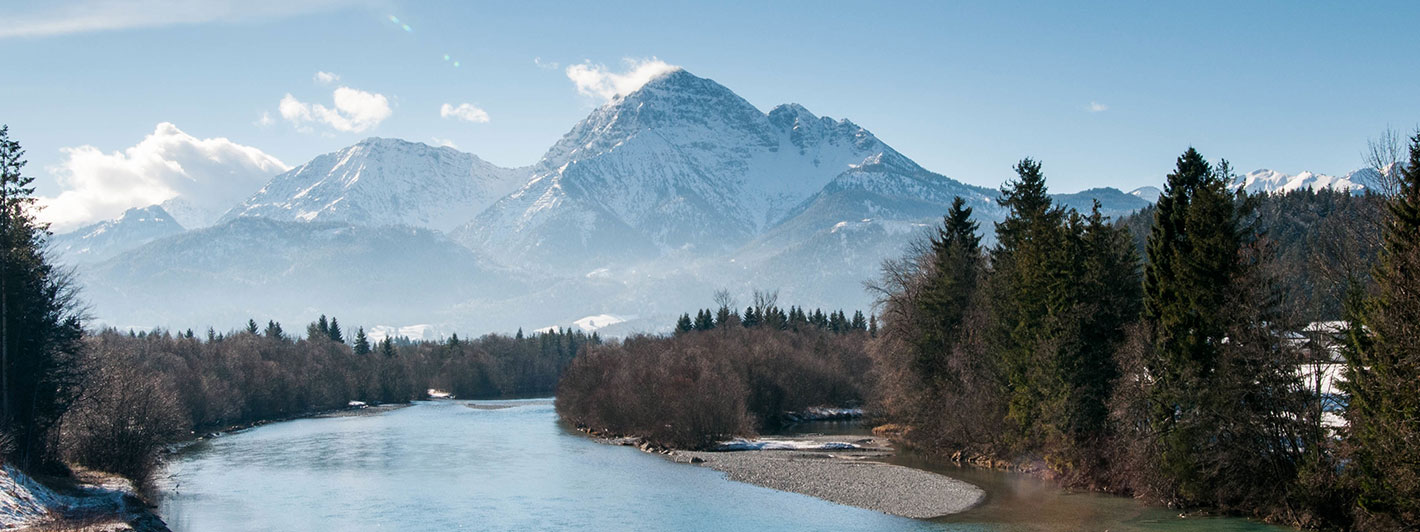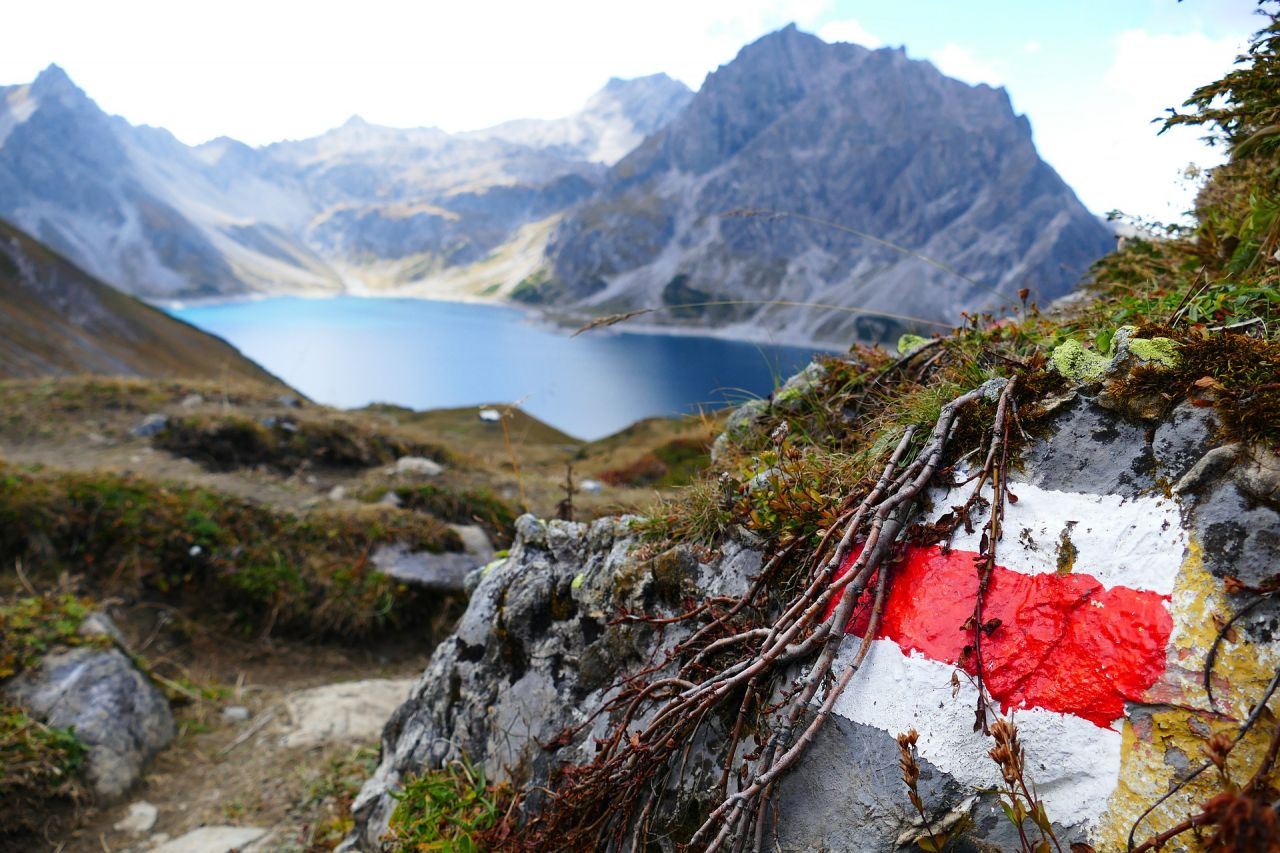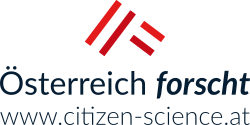Explore Citizen Science Projects
Welcome at Österreich forscht!
Here you can find everything about Citizen Science in Austria. In the future, it should be just as normal to work in a citizen science project as to be a member of an association, e. g. the voluntary fire brigade or a music ensemble. We want people to see science no longer as an elite programme, but as a process that affects all our lives, a process which is an important part of society and is worth understanding. However, the fun and enjoyment of research should not be neglected. We do not understand citizen science as an infotainment concept, but as a collaborative process through which new insights can be gained.
Frog in a drop of water
- animals
- fungi
- land use
- water
State-of-the-art DNA technology and citizen science - "Frog in a drop of water" unleashes new prospects for amphibian research Detective work for amphibian protection - for the first time, amphibian screening is being carried out throughout Austria by detecting their DNA traces in water - and everyone can take part.…
DeVOTE
- politics
DeVOTE is a research project funded by the European Research Council (ERC) from January 2021 to December 2025, and led by Ass.-Prof. Carolina Plescia to develop and apply a new approach to study what ‘voting’ means for ordinary citizens. The project’s goals are: understand what ‘voting’ means for ordinary citizens; examine the variation…
Pollen Diary
- plants
- weather
- health
The Pollen Diary was launched back in 2009 as a scientific project as part of a master's thesis at the WU Vienna Executive Academy. Meanwhile it has become an important service for pollen allergy sufferers in 13 European countries: Austria, Germany, Switzerland, France, Great Britain, Sweden, Finland, Croatia, Hungary, Lithuania, Serbia,…
PATIO - Patient Involvement in Oncology
- language
- health
Be an expert on your disease and join our research! The PATIO initiative is working hard to strengthen the voices of prostate cancer patients and their caregivers heard in medical research. Why is it important to act now? Porstate cancer affects a considerable number of people in Austria. On the one…
City-Zen Boden
- plants
- food
“Healthy Soil" research platform for Viennese community gardens As a follow-up project to "Heavy Metal City-Zen", we are once again inviting Viennese community gardens, garden projects or similar garden initiatives to take part in this project and conduct research together with us. The aim of this project is to scientifically…
HealthFerm
- health
- food
The sourdough microbiome Attention sourdough bakers and fermentation enthusiasts - HealthFerm is researching plant-based and fermented foods you eat and raise in your home! Fermented foods are present both in our daily diet and in various food cultures: from sourdough bread to beer, wine, pickles, sauerkraut, miso, kombucha, and much…
Bumblebee Monitoring Austria
- plants
- animals
- land use
Citizen science-based bumblebee monitoring is a pillar of the Austrian wild bee survey. Most wild bee species can only be distinguished under a microscope. The genus of bumblebees (Bombus) is an exception and can usually be distinguished at species level after a training phase in the field (see Gokcezade et…
ServeToPe
- food
- plants
- land use
- animals
- water
- economy
Better governance of ecosystem services at local scales in the Wienerwald region A joint research project of the University of Natural Resources and Life Sciences, Vienna (BOKU) and the University of Vienna. What is ServeToPe studying and what are its goals? Society uses a variety of services that natural…
BeeRadar
- animals
We are tracing the Sculptured Resin Bee! Home of the Sculptured Resin Bee (Megachile sculpturalis, Smith 1853) is far away in Japan, China, Korea and Taiwan. In 2008, the Sculptured Resin Bee was discovered in southern France as the first introduced wild bee species in Europe. Since then, the bee…
Humane PapilloWAS?
- health
- media
In order to find out how information about HPV needs to be prepared to reach the target groups, we are working together with parents, teachers and students in the project “Humane PapilloWAS?” to reveal what is known about HPV and which misinformation is circulating. Background Only 46% of the population…
Interested groups (mainly school classes) can participate in this scientific project about the whereabouts of the greylag geese in the Cumberland game park in Grünau im Almtal (Upper Austria). The social behaviour of the flock of greylag geese of the Konrad Lorenz Research Center (a core facility of the University…
GeoMaus
- animals
The project “GeoMaus” collects information about the distribution of small mammals in Austria, Germany and in Switzerland. Nature enthusiasts are invited to report their observations to learn more about the occurrence of small mammals. Two identification keys (text key and decision tree), information on trace images and on the appearance,…





